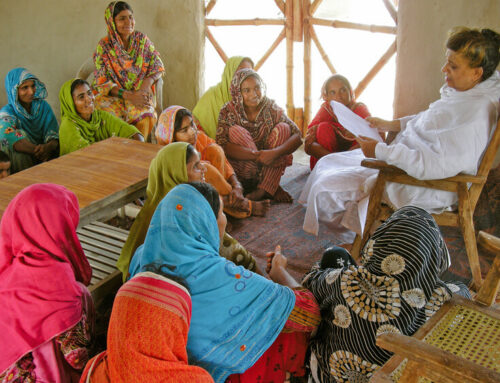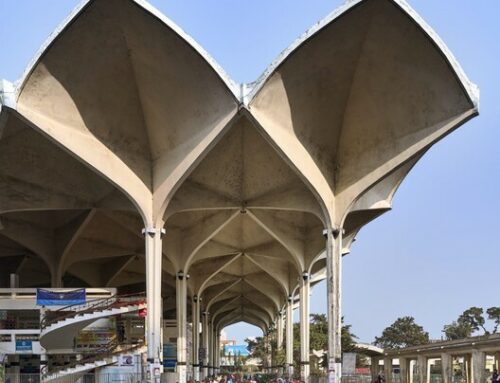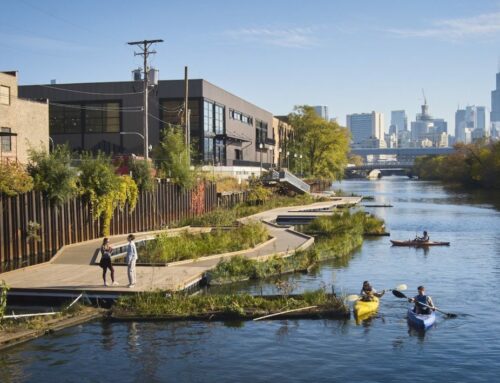This article discusses the UN Development Program’s report, Designing Cities that Work for Women, which cites four critical areas of improvement to better suit women’s needs. These include: safety and security, justice and equity, health and wellbeing, and enrichment and fulfillment. The article further elaborates on these areas of improvement by discussing examples of changes needed to improve cities for women. The first is increasing female voices in leadership roles. This includes seeking out female viewpoints to inform city planning decisions, as well as using gender-disaggregated data. The second example is incorporating the celebration of female achievement within cities. This section cited how only 2-3% of city statues portray women. If improved, this can aid in women feeling a sense of belonging within their city. The third example is to improve safety in public spaces and on public transport through the use of design, violence prevention laws, education, and technology. Lastly, the fourth example confronts the need for increased water and sanitation, as the collection of water is vastly the responsibility of women and girls globally, with about one-third of women lacking access to safe toilets. The article closes by restating the importance of redesigning cities holistically and to increase the role that under-represented communities have in urban development.
Photo Credit: Unsplash/João Ferrão







